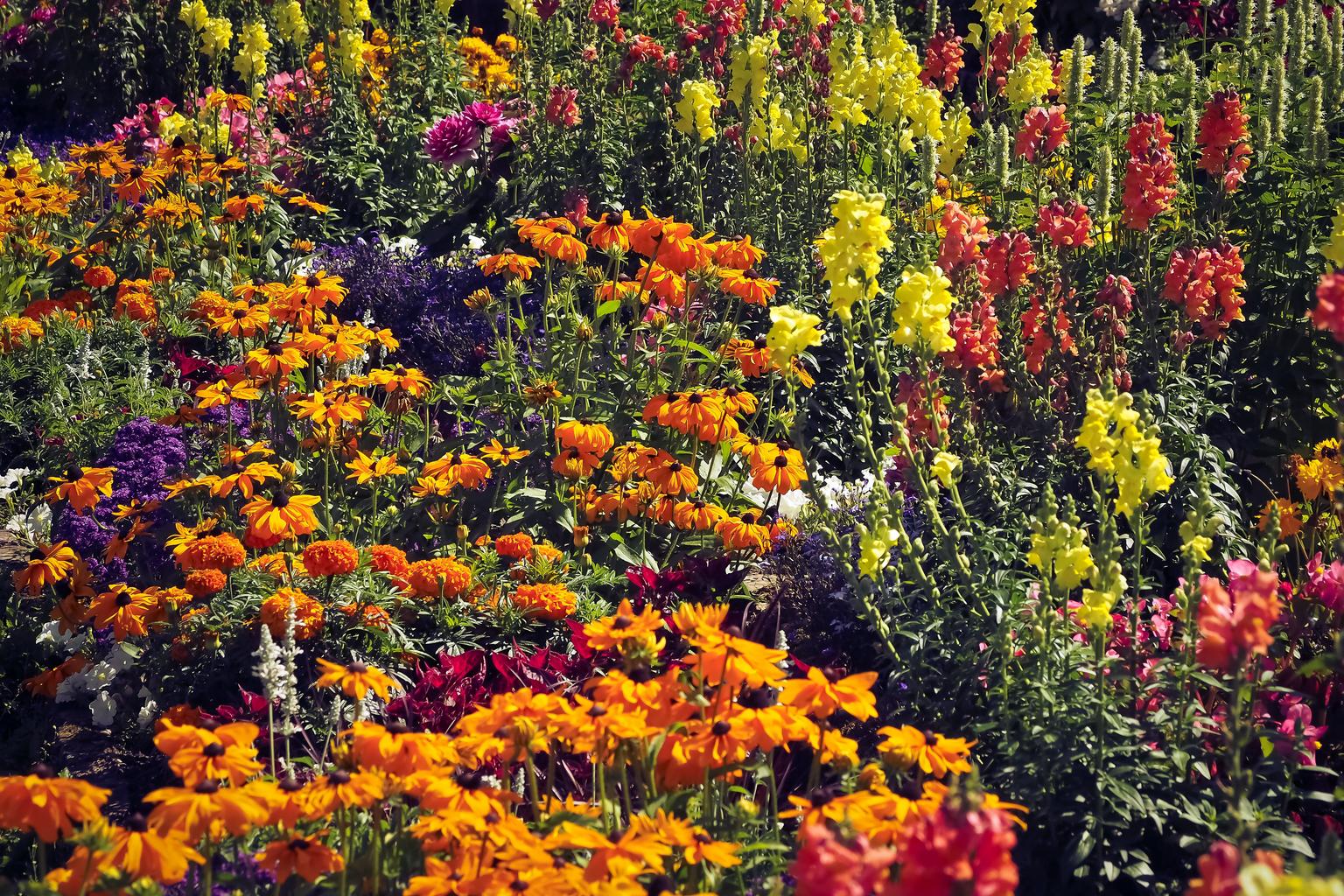Abstract
Income from cultivated flowers in Japanese agriculture reached 349 billion yen nationwide in 2022. This figure shows the importance of the floriculture industry. Cultivated flowers are in demand for bouquets and decorative purposes, and demand is particularly high in urban areas and tourist destinations. Past trends show that demand for flowers has been steadily increasing, and although demand fluctuates depending on the season and events, it is generally on a growth trend. Additionally, demand is also expanding, especially for high-value-added varieties and high-quality flowers. Farmers are being called upon to improve quality, increase efficiency, and strengthen their production systems to meet demand.
Flower production income
Income from cultivated flowers in Japanese agriculture has changed between 1955 and 2022. After peaking at 473 billion yen in 1998, current income has fallen to 73.8% of that amount. This decline is due to several factors. Due to urbanization and changing lifestyles, the demand for flowers has partially decreased. Other factors that are also having an impact are the increase in imported flowers and intensifying competition. On the other hand, demand for high-value flowers and specific varieties remains strong, leading farmers to strive to improve quality and diversify. Furthermore, initiatives such as regional brands and tourist farms are helping to revitalize the floriculture industry in some regions. Under these circumstances, although income from cultivated flowers will fluctuate, the aim is to achieve sustainable growth by responding to changes in demand.


The maximum is 473Gyen[1998] of Japan, and the current value is about 73.8%
Flower production income (prefectures)
Income from cultivated flowers in Japanese agriculture has undergone various changes between 1960 and 2022. In 1998, Aichi Prefecture recorded a peak income of 76.3 billion yen, but today it is down to 75.1% of that peak. This decline is due to factors including declining demand due to urbanization and economic changes, as well as increased competition from both domestic and international sources. On the other hand, demand for specific varieties and high-value-added flowers continues, with farmers focusing on improving quality and diversifying. We are also seeing new initiatives, such as branding flower-producing areas that make use of local characteristics and revitalizing tourist farms. Amid these changes, income from cultivated flowers will fluctuate, but we aim to develop sustainable agriculture by responding flexibly to changes in demand.


The maximum is 76.3Gyen[1998] of Aichi, and the current value is about 75.1%
Flower production income (latest year, prefecture)
Total income from cultivated flowers in Japan’s agriculture in 2022 will be 349 billion yen, with Aichi Prefecture having the highest income at 57.3 billion yen. The average income is 7.43 billion yen. What is clear from this data is that the cultivated floriculture industry is important nationwide. Stable demand and high profit margins make this an attractive industry for farmers. Furthermore, Aichi Prefecture’s particularly outstanding performance highlights the importance of regional productivity and market access. Demand for cultivated flowers varies seasonally, but tends to be particularly high in urban and tourist areas. Farmers are working hard to improve quality, diversify and meet demand. Due to these characteristics, income from cultivated flowers has grown steadily and has become an important source of income for Japanese agriculture.


The maximum is 57.3Gyen of Aichi, the average is 7.43Gyen, and the total is 349Gyen



Comments